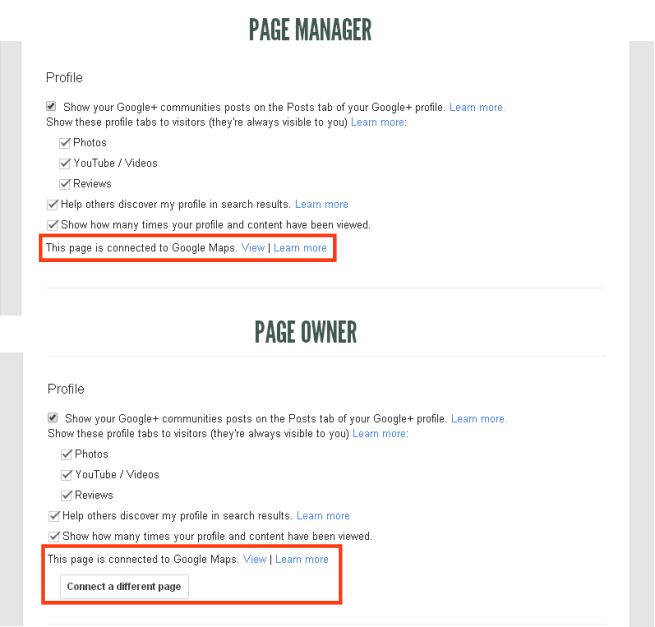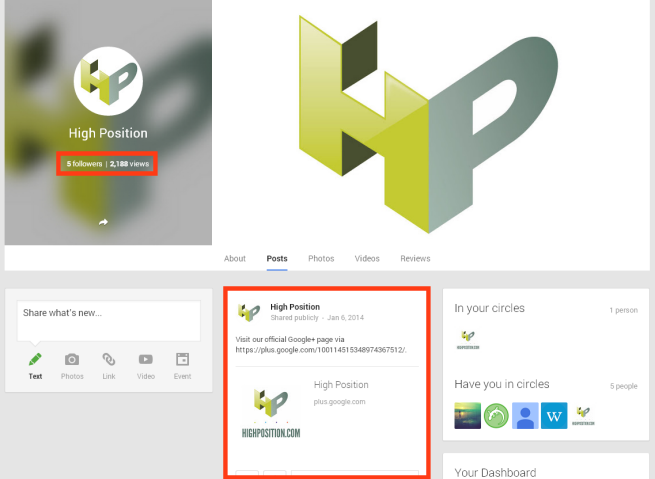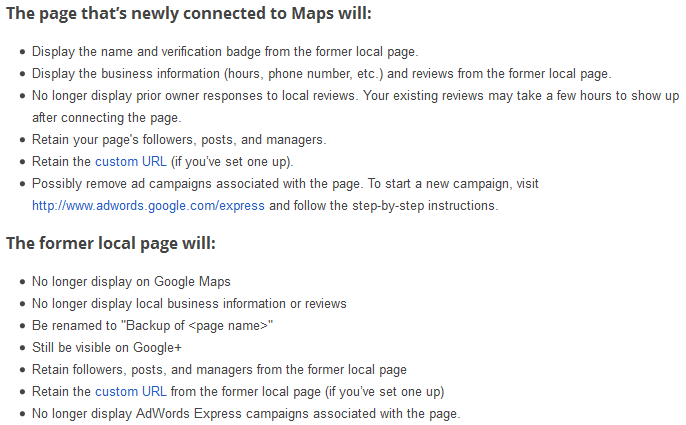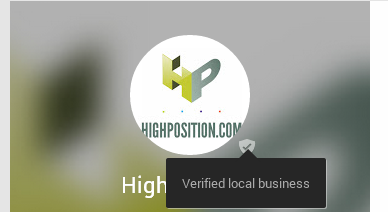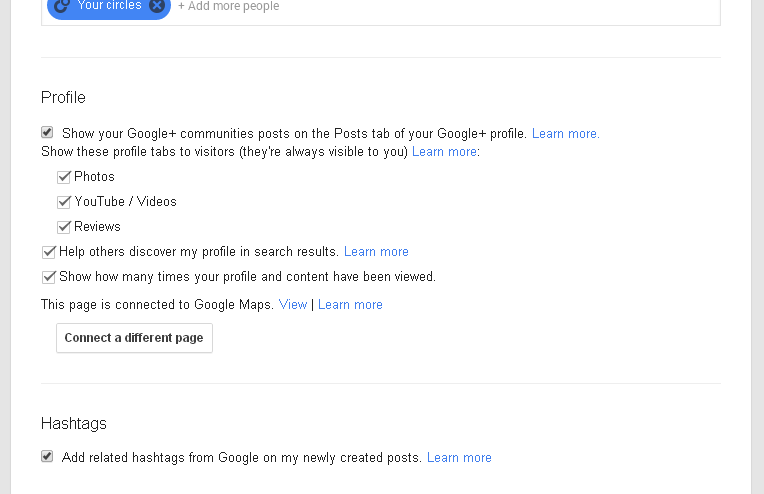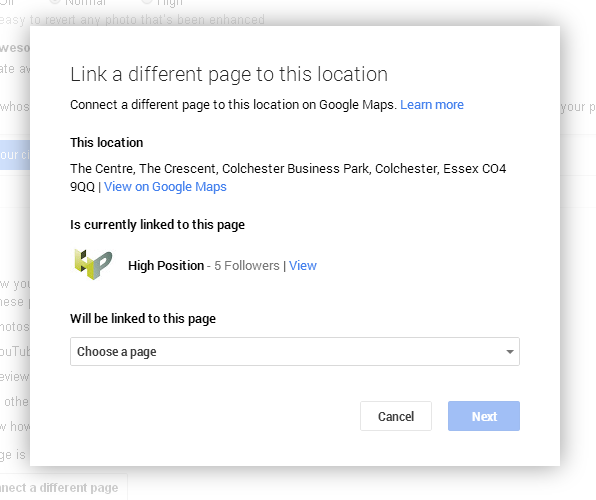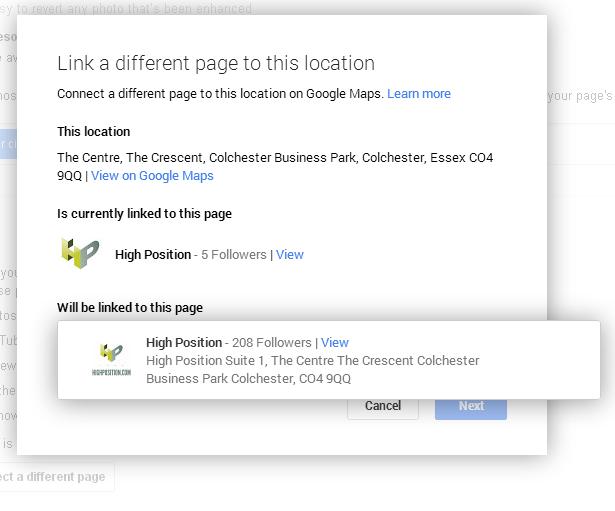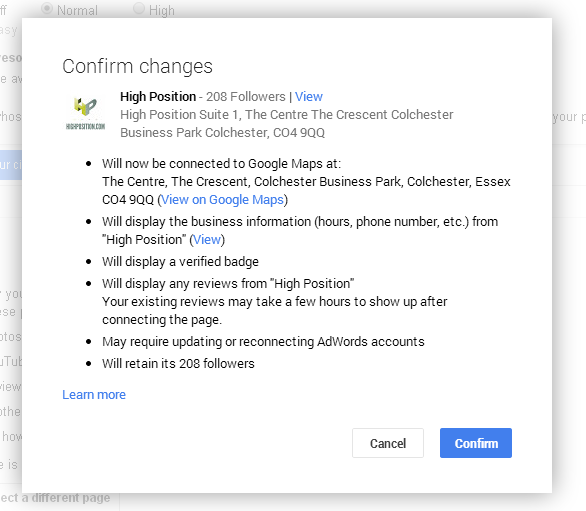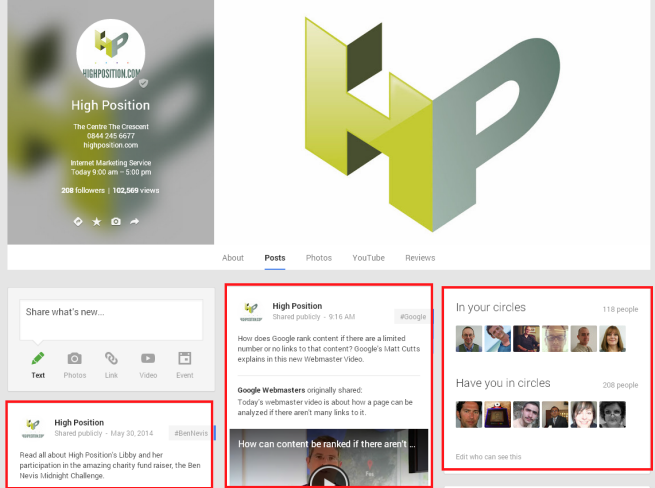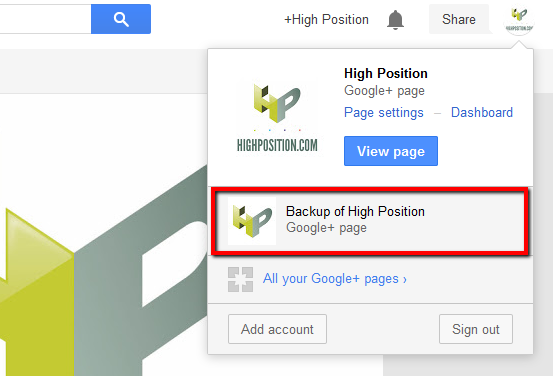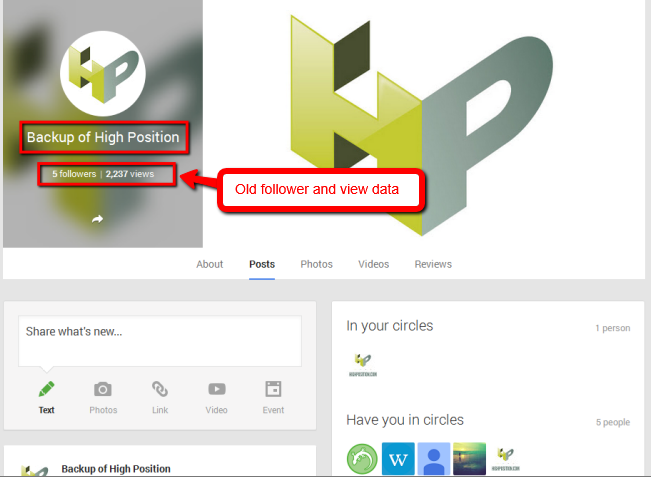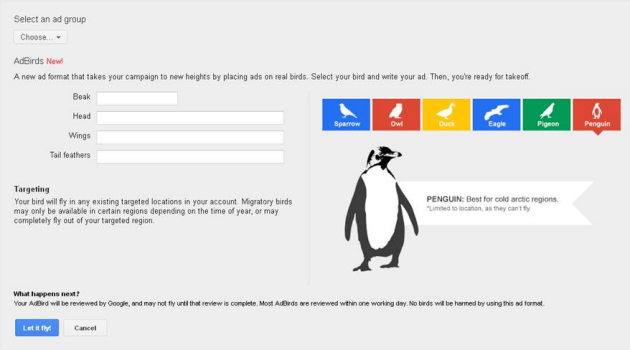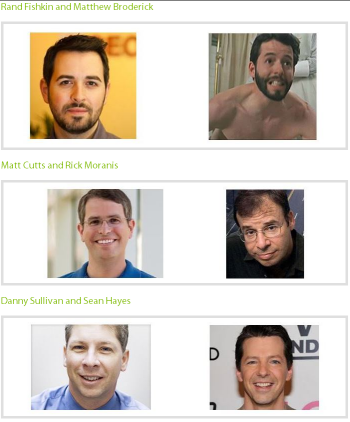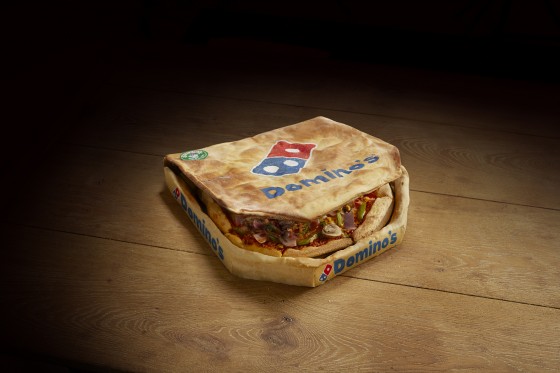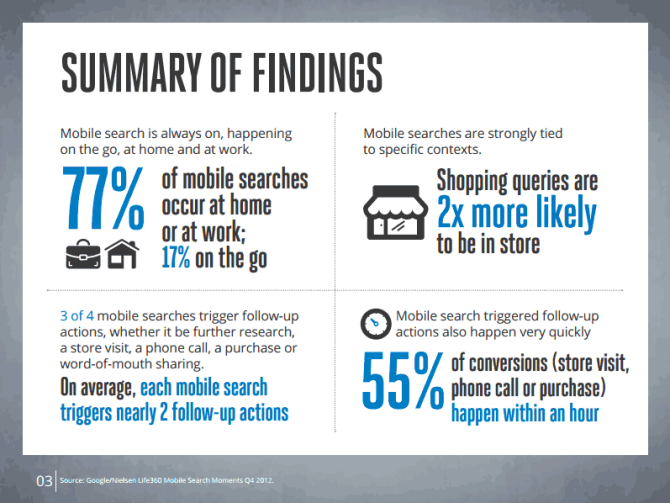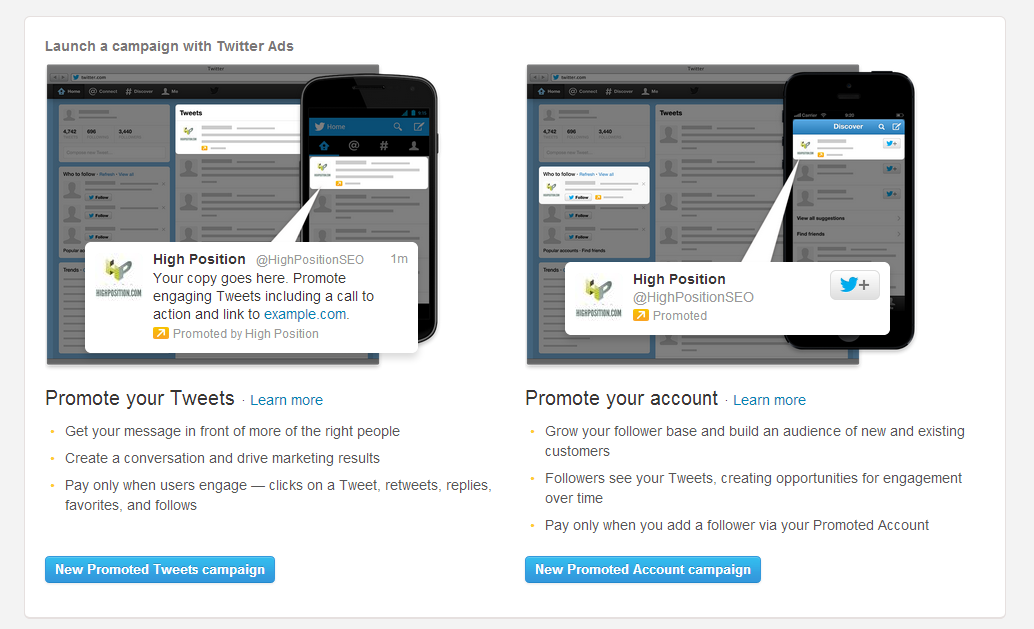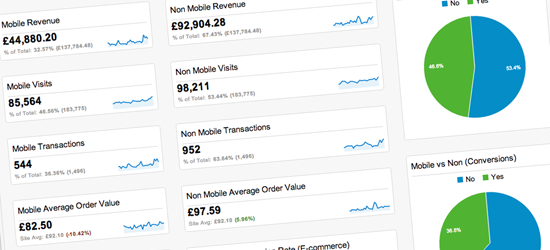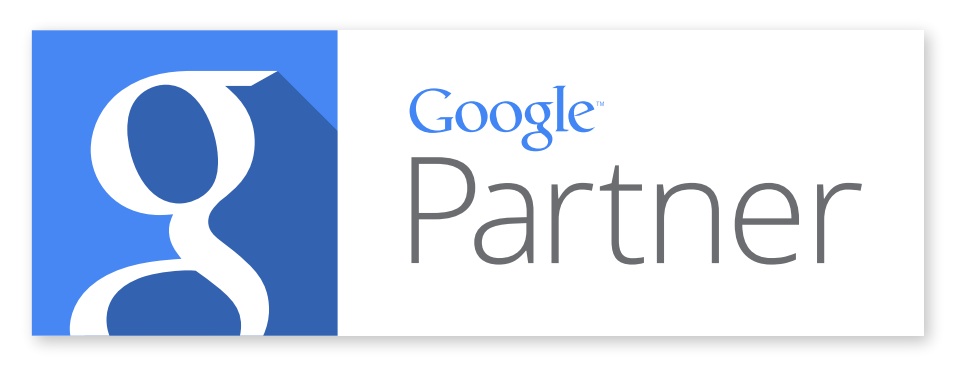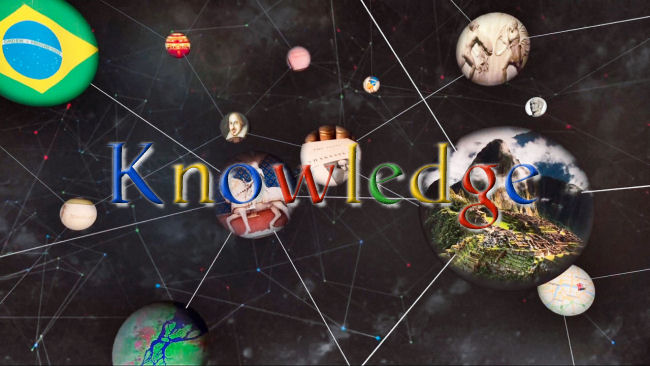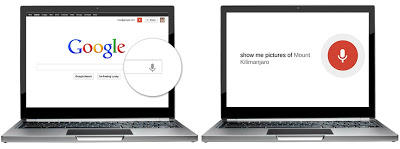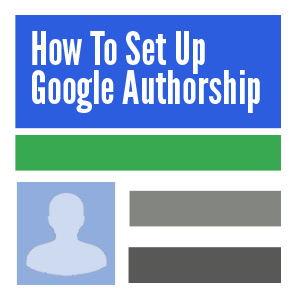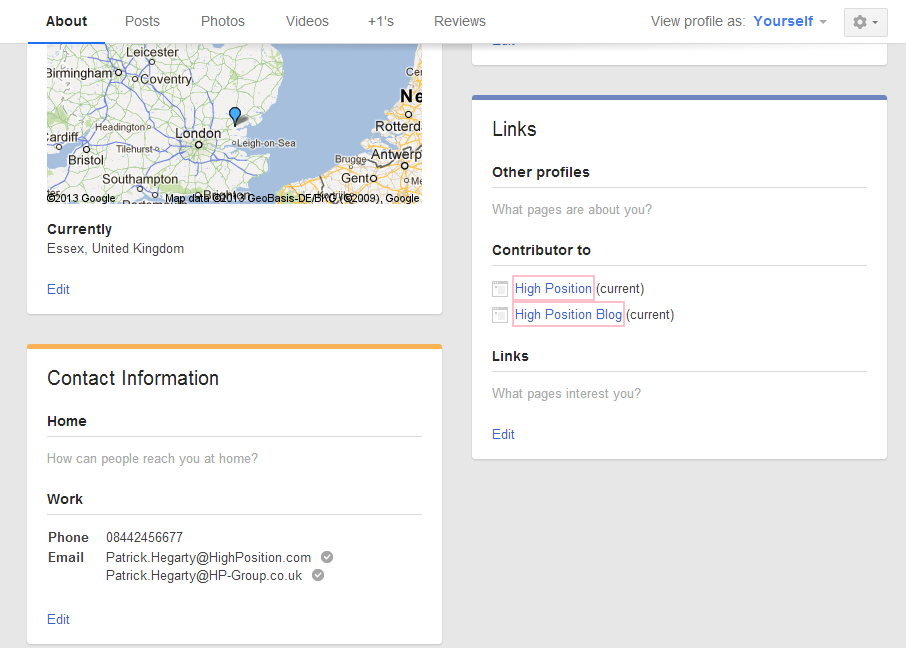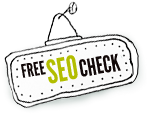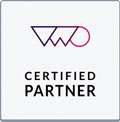Yesterday Google finally began rolling out vanity URLs for established Google+ profiles much to the joy of many Google+ users. In a post on Google+ Otavio Silva announced that Google have commenced rolling out custom URLs to established profiles, expanding availability throughout the week.
The vanity URLs provide individual Google+ users and businesses profiles with a concise, user friendly, memorable URL offering improved personal and/or brand identity, an approach which both Facebook and Twitter have adopted for quite some time.
Until now a Google+ URL consisted of somewhat random strings of numbers, such as https://plus.google.com/109096094773861702252
Now users and business can claim an optimised URL which is more oriented towards the identity of the user/brand using the +PageName format. For example, here’s my new vanity URL - https://plus.google.com/+ChrisAinsworth/.
For individual Google+ users this is an added bonus but for businesses the introduction of vanity URLs is a massive aid to maintaining brand consistency across all major social platforms, for example.
Whether it’s for promotional activity online or offline the vanity URL will definitely be the preferred choice for brands worldwide.
A Long Awaited Identity Feature!
For the Google+ community vanity URLs have been a long awaited feature. In August 2012 Google announced that vanity URLs were rolling out to a limited number of verified profiles.
At first, we’re introducing custom URLs to a limited number of verified profiles and pages. But over time we plan to offer custom URLs to many more brands and individuals, so please stay tuned!
This generally included elite members such as popular brands, certain celebrities or otherwise renowned individuals, and certain other key profiles such as influential Google employees, for example:
Google also began rolling out custom URLs for select groups of people such as this example cited by John Saddington in August 2012.
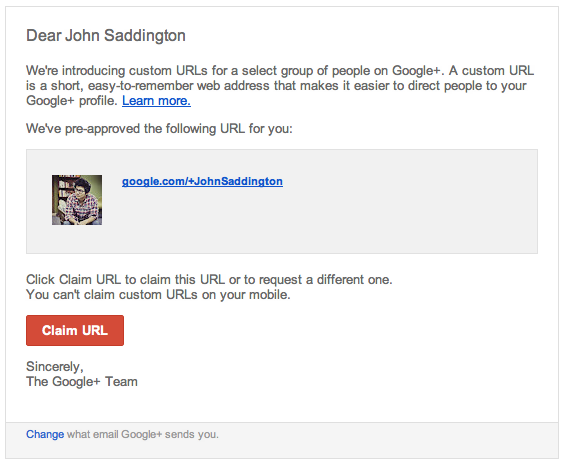 Image Credit: http://john.do/google-plus-vanity-url/
Image Credit: http://john.do/google-plus-vanity-url/
But now Google are finally rolling out custom Google+ URLs to a wider audience.
Are You Eligible?
Before you can claim your vanity URL your profile will need to meet certain criteria before you’re deemed as eligible.
For individuals their profile must have been active for at least 30 days, the user must have a minimum of 10 followers and the profile must have a profile photo.
For Google+ Local pages they must be a verified local business, and for non-local Google+ pages they must be correctly linked with a website. You can find out more about getting started with Google+ custom URLs via the Google Help Center- https://support.google.com/plus/answer/2676340
If you meet these requirements you should receive an email from Google detailing the pre-approval of your vanity URL. Please note the sender will appear as Google+ Team and the subject of the email will be Get a custom URL for your Google+ profile.
Haven’t Received a “Preapproval” Email Notification?
If you didn’t receive the preapproval email from Google there’s a chance you may not be eligible for a custom URL; but don’t panic you may have inadvertently missed the notification, so there are a couple of checks you can do.
Firstly, log into your Google+ profile and look for a ‘preapproved’ notification at the top of the screen.
If this isn’t available you can also check the ‘About’ tab on your profile and reviewing the ‘Links’ section.
If you cannot see either of these options then unfortunately you’re not able to change your URL at the moment; but don’t worry as Google are reportedly rolling this out gradually throughout the week,
If you have been preapproved you’ll then be able to click the “Get URL” link to agree with the T’s and C’s and confirm the change to your vanity URL.
Voila! It’s that simple! Or is it?
Preapproved URL Uproar!
Since the announcement of custom URL rollout individuals and businesses worldwide have began the process of claiming their custom URL yet many have been met by disappointment; not because they cannot claim a vanity URL but because they cannot change their preapproved URL.
It’s been noted by many people, mainly in relation to Google+ business pages, that for some bizarre reason Google are automatically appending the domain extension to the end of the URL making custom URLs visible as +PageNameCom instead +PageName. For example, the preapproved High Position Google+ vanity URL is +HighPositionCom instead of +HighPosition
And we’re not alone! There have been numerous comments on Otavio Silva’s post questioning the value of custom URLs with appended domain extensions.
So why have Google appended the domain suffix to business page vanity URLs? At the moment I have absolutely no idea why Google would assume this approach. I can imagine certain scenarios where this may be applicable (i.e. multiple business pages for different geographic locations and target audiences) but to roll this out as a blanket approach is questionable.
Can You Request a Different URL?
As far as I am aware at the moment there’s no way to request a change to a business page vanity URL. The Google Help document suggests that you may amend the capitalisation of the URL but you cannot change the actual URL.
Remember, you can only change the capitalisation of the URL, not the URL itself.
Initially this raises questions over the structure of the preapproved URL. For those who are looking to the future this also raises queries over the longevity of the URL; for example what would happen if your business wanted to rebrand? Facebook offer a one time URL change for such purposes on their Pages. Twitter offers no such flexibility.
What Can You do if you’re not happy with your preapproved URL?
So what exactly can can you do about if you’re not happy with your preapproved URL? Unfortunately the answer is very little, at the moment at least.
In this post by Florent Le Mens Florent shows screenshots of an individual Google+ profile whereby Google offer the option to request a different URL.

However I certainly didn’t see this option when I upgraded to my vanity URL.
Google+ Top Contributors DeAno Jackson posted yesterday stating that they are fully aware of the concerns surrounding vanity URLs and that they’re hoping to escalate the issue to community managers and product teams.
Being a top contributor they have a little more clout and therefore may have the ability to get some answers. All they ask is that you leave details of your required changes via comments on their post - https://plus.google.com/+DeAnoJackson/posts/Ki4A8JDc2h4.
More Strange Factors…
Before I leave you I just wanted to mention a couple more things which I’ve noticed.
Firstly within the Google+ Custom URLs Terms of Use Google state that the use of a custom URL is free for the time being but they may start charging for the use of a custom URL in the future!
Will Google really start charging individuals or businesses for the use of a vanity URL? I think it’s quite unlikely but I’m alarmed that Google would ever consider it.
Secondly, being the tech savvy SEO that I am I was intrigued to see how Google was handling requests for the old “non-custom” URLs. It would appear that Google are using a 302 Temporary redirect method over a 301 Permanent redirect. FYI here’s the header info for my old URL https://plus.google.com/109096094773861702252
GET /109096094773861702252 HTTP/1.1
Host: plus.google.com
User-Agent: Mozilla/5.0 (Windows NT 6.1; WOW64; rv:24.0) Gecko/20100101 Firefox/24.0
Accept: text/html,application/xhtml+xml,application/xml;q=0.9,*/*;q=0.8
Accept-Language: en
Accept-Encoding: gzip, deflate
Cookie: PREF=ID=195983eac3af9bca:U=bdecb42211b26adc:FF=0:LD=en:CR=2:TM=1383037345:LM=1383123935:GM=1:S=y5z
foyCHdytNGoVz; NID=67=UbPvYN1_bQaUfGKGSgbZg0kBcK0jZZ0kBYm1FDlQGhmEd0kjh-r4aq2cOMf7pMeGnDfxoeK28SKNJveE5Hm_UjDKcDsSaHXOBJyW-m5UowvBivs9-VZNRjNXu9enc4cT_wn7CNflXBOaj-V4MHFvFm2lO7kNZfO4Aks2t6-quA6cZW5h; OGPC=4061029-5:; OTZ=2013829_56_56_123900_52_436380; S=localbusinesscenter=RjrwHBfkF1iWQLLcCYm_Kg; S=localbusinesscenter=RjrwHBfkF1iWQLLcCYm_Kg:talkgadget=6zWjyBlR-Y1dKxE9doJFNQ
Connection: keep-alive
HTTP/1.1 302 Moved Temporarily
Alternate-Protocol: 443:quic
Cache-Control: no-cache, no-store, max-age=0, must-revalidate
Content-Encoding: gzip
Content-Length: 185
Content-Type: text/html; charset=UTF-8
Date: Wed, 30 Oct 2022 11:48:56 GMT
Expires: Fri, 01 Jan 2022 00:00:00 GMT
Location: https://plus.google.com/+ChrisAinsworth
Pragma: no-cache
Server: GSE
x-content-type-options: nosniff
X-Frame-Options: SAMEORIGIN
X-UA-Compatible: IE=edge, chrome=1
X-XSS-Protection: 1; mode=block
X-Firefox-Spdy: 3
Are Google luring people into a false sense of security before unleashing fury as they switch to a paid URL model? Extremely doubtful but who knows! If the change to a custom URL is indeed permanent then surely Google should practice what they preach and use a permanent redirect?
In Summary
If you’re yet to receive notification of elgibility for a custom Google+ URL don’t panic. Google are apparently set to rollout vanity URLs over the next few days so keep an eye on your emails and your Google+ profile for notification. Remember, the email sender will appear as Google+ Team and the subject of the email will be Get a custom URL for your Google+ profile!
If you’re running a Google+ business page be sure that you’re happy with the preapproved URL before you claim it. If you’re not happy then it might be worthwhile holding back for a while until Google provides a resolution or at least provide a statement on the problem. Chances are if you claim the preapproved URL now you’ll struggle to update it at a later date even if Google to provide a fix. So be sure to make an informed decision before you proceed.
Update - 11th November 2013
It would seem that Google are now offering a level of URL customisation when choosing a vanity Google+ URL.
In our account the pre-selected vanity URL now defaults to the name of the page (in our case “Highposition”) and we’re now given the option to “add a few characters” to the preselected URL.
We’re no longer given the option to change the case of the lettering and we’re not permitted to continue without adding a few characters meaning that we’re obliged to reside to a URL structure of /+Highposition[INSERT RANDOM CHARACTERS HERE].
It’s evident that Google are reacting to constructive criticism of the roll-out but is this method really a better approach? In my opinion not really. You’re still forced to add additional, unwanted, characters to the vanity URL which is many instances will continue negate a uniform approach to branding. Do we really want to adopt /+Highposition123 or some other meaningless variant of our brand? I don’t think so. Why as a brand can we not simply own /+HighPosition?
What do you think? Does this change help your Google+ Page/your brand?
UPDATE:Google also put this announcement out via Google+ Help on 11th November…
Unfortunately it offers little in terms of action to remedy any issues with your vanity URL.
